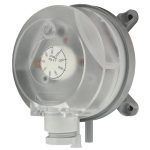
Question: What setpoint should I set my differential pressure switch to for indicating when my filter is dirty?

Manufacturing Excellence Since 1931

Question: What setpoint should I set my differential pressure switch to for indicating when my filter is dirty?
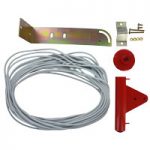
Question: I am trying to measure building pressure relative to outside air pressure. However, in doing so, I am seeing fluctuations in the differential pressure readings. Is there any way to minimize or eliminate these fluctuations? Continue reading “Ask the Expert – Issues with Referencing Outside Air Pressure”
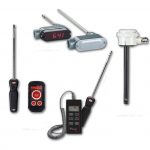
Dwyer Instruments, Inc. offers many air velocity measuring products that use thermal or hot-wire sensors as the sensing element. There are fixed duct mount styles for continuous monitoring, such as the Air Velocity Transmitters, Series 641, and portable insertion styles for testing, such as the Thermo-Anemometer Test Instrument, Model 471B and the Thermo-Anemometer Probe, Series AP2.
Continue reading “What are Thermo-Anemometers or Hot Wire Air Velocity Sensors?”
Dwyer Instruments, Inc. offers many types of flow measuring products including orifice plates, which are used as a flow sensing element with a differential pressure monitor.
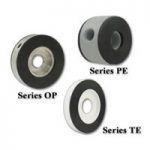
Orifice plates are a primary flow element, detecting the flow of a fluid passing through the plate by sensing the pressure drop across the plate. When a fluid flows through a restriction in a pipe, it creates a pressure difference between upstream and downstream of the restriction. This pressure difference is proportional to flow rate according to Bernoulli’s principal, similar to a Pitot tube. Orifice plates are commonly used as they are simple to use, low cost, work with gases or liquids, and require low maintenance. Adversely, they do have large pressure losses with about 50% of the pressure drop not recoverable. Continue reading “Flow Measurement with Orifice Plates”
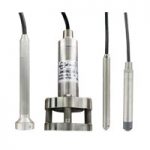
The Mercoid® Division of Dwyer Instruments, Inc. offers four series of submersible level transmitters with different features suitable for different applications: the FBLT, PBLT, MBLT, and SBLT.
Submersible Level Transmitters are pressure transmitters manufactured to read hydro-static pressure from inside the fluid. These transmitters are submersed into the fluid that they are measuring and will give an output proportional of the fluid level above the sensor location. Continue reading “Submersible Level Transmitters”